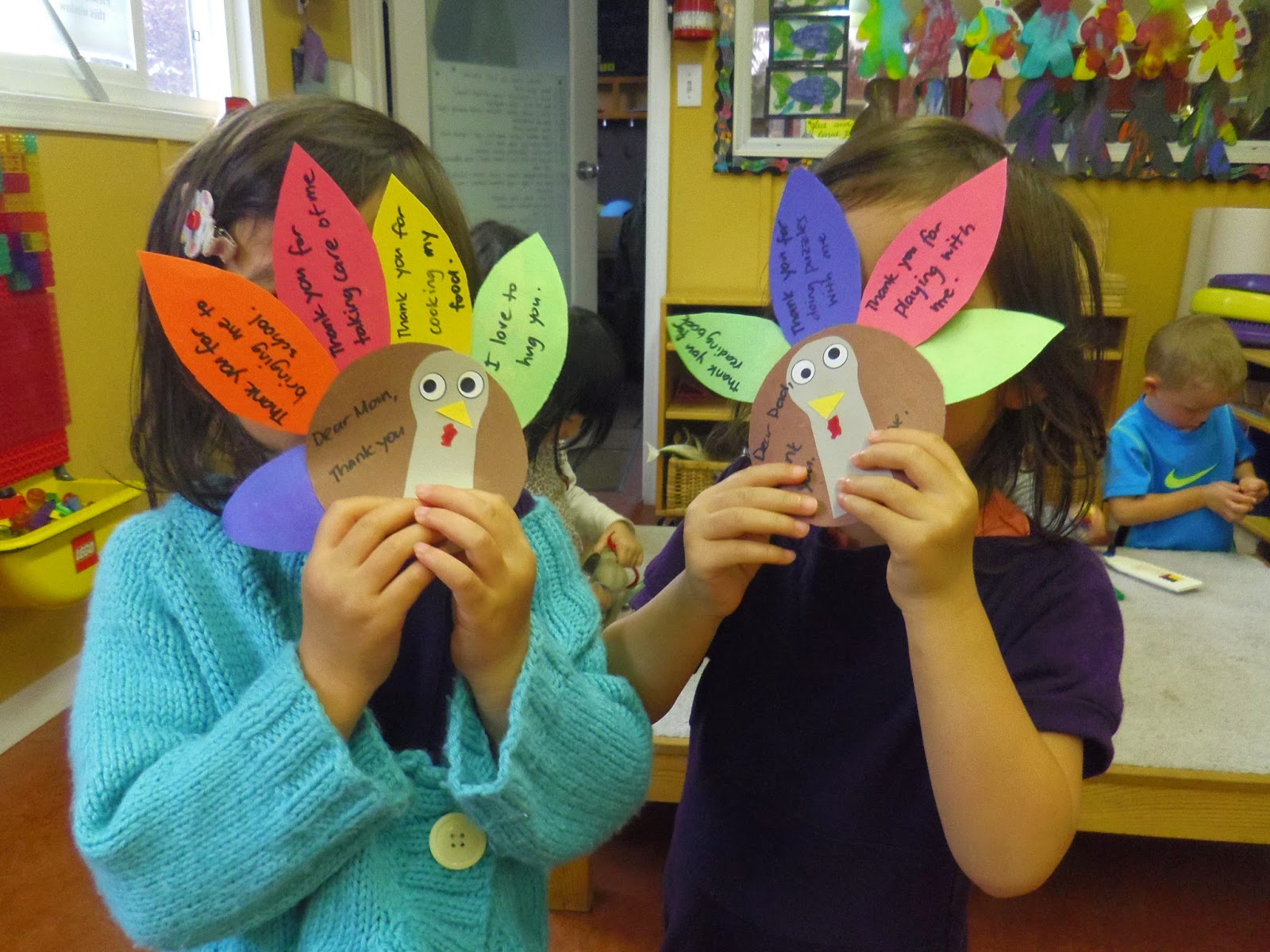Leaf Man: Colours in Nature continued....

"This is a bat with a fly and it's raining" We continue to explore colours in nature by learning about children's authors and illustrators using colours if nature as their inspiration in creating wonderful stories. In this grouptime we looked at Lois Ehlert, who is known for her unique and style called "Found Art"where she incorporates items found in nature or at home to create colourful and vivid illustrations. The book "Leaf Man" is a great story to encourage storytelling creativity and imagination. After reading the children ventured out into the forest to collect leaves, twigs and pine cones to create their very own Leaf Man creature. The children really enjoyed making the Leaf Man because this activity allowed them to move their items freely until they were satisfied with their creation. gathering leaves in the forest While gathering the leaves in the forest Matthew made a comment about the brown leaves. First I ask...












